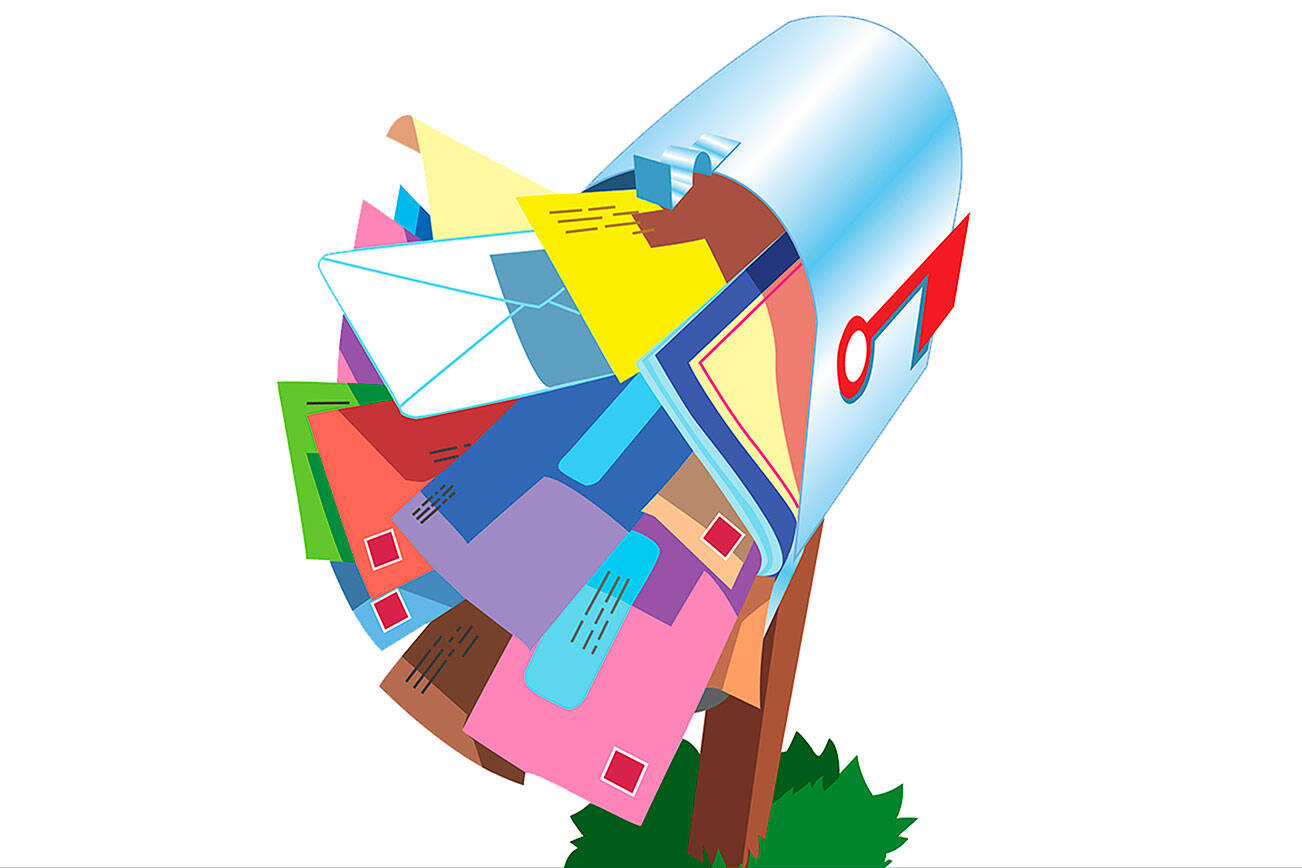About fifty years ago I read an article, that, if I can remember correctly (which I may not), was titled either “Waste to Oil” or “Oil from garbage.” It told of Garrett Industries, a Southern California company, having developed a process of converting the biofuels in household waste into an oil that could be used for combustion, lubrication and other purposes. At the time I believe the cost of conversion was the drawback when compared to using landfills.
This 2020 EIA (U.S. Energy Information Administration) study www.eia.gov/energyexplained/biomass/waste-to-energy.php shows how far the United States lags behind other countries that have been doing WTE energy conversions for years, with some totally eliminating the use of landfills for most of their household refuge.
While the U.S. has adhered to the archaic practice of burying our trash. many countries have conducted extensive studies and implemented successful refuse elimination programs such as the Japanese program reported here: http://www.env.go.jp/en/recycle/smcs/attach/swmrt.pdf
They’re not as glamorous and sensational as flashy new electric vehicles. But through WTE programs, in combination with the capture and use of methane gas now in use by many areas, Washington State and the United States could significantly reduce their environmental impact and landfill needs while producing a combustible fuel in the process. Although the mega-billion dollar per year waste management companies might resist changing, doing so could be a win-win for the economy and the environment.
Harold Borland
Bonney Lake


